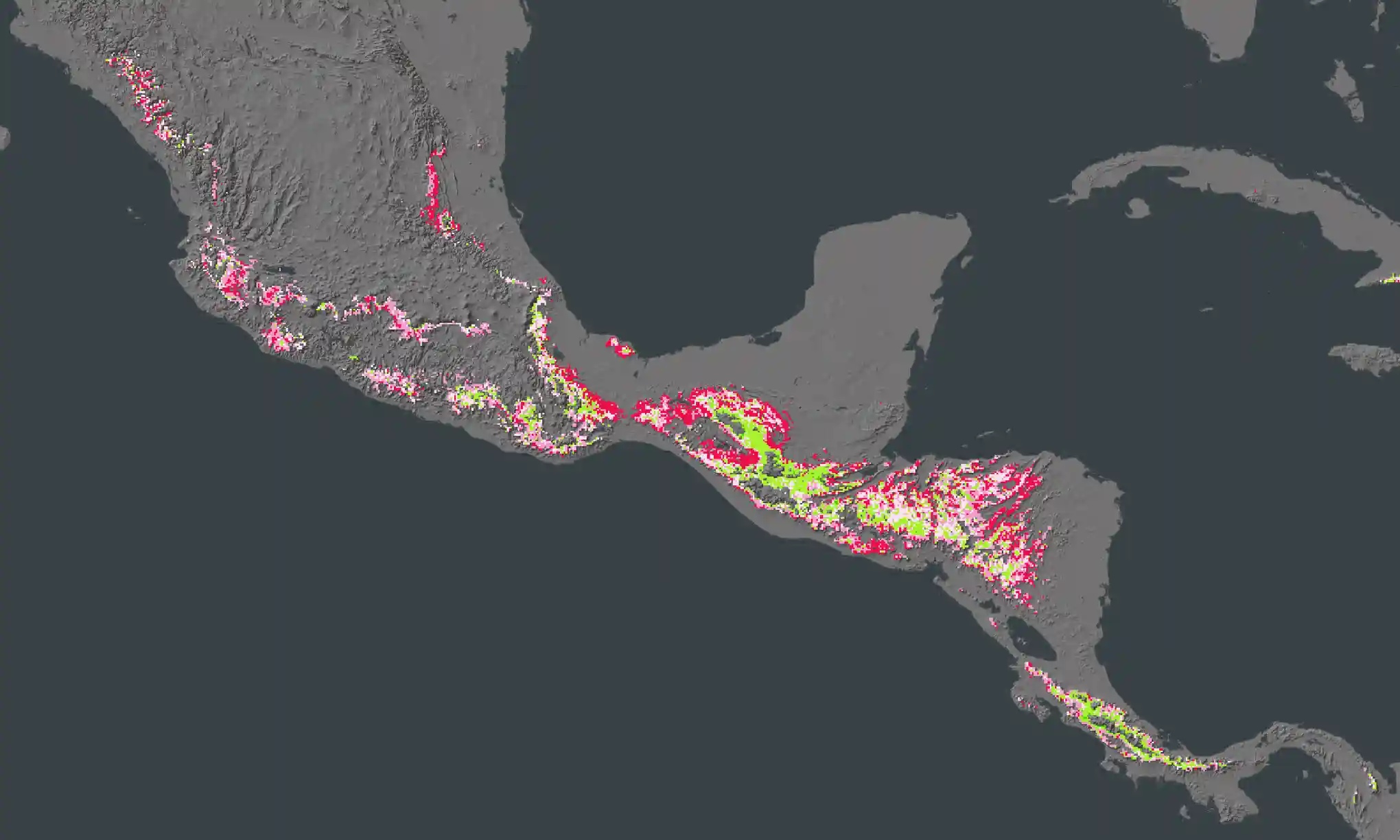
Crops are already seeing losses from heat and drought. Can genetic diversity – a return to foods’ origins – help combat the climate challenges ahead?
The industrialization of agriculture in the last century boosted production around the world – but that success also made our food systems much more vulnerable to the growing climate crisis.
Modern agriculture depends on high-yield monocrops from a narrow genetic base that needs lots of fertilisers, chemicals and irrigation.
But why does this matter?
Because a richer genetic diversity of foods, like we had in the past, will help make our crops more resilient to higher temperatures and changing rainfall patterns.
Like an investor with stocks, savings and real estate, diversity in the field spreads the risk: so if an early season drought wipes out one crop, there will be others which mature later or are naturally more drought tolerant, so farmers aren’t left with nothing.
Here are five key graphics from our recent special report on the precariousness of our […]











My uncle who died a long time ago, used to grow the tastiest corn I ever ate. He had his own breed and never crossed it with anything, so every year it was great tasting.